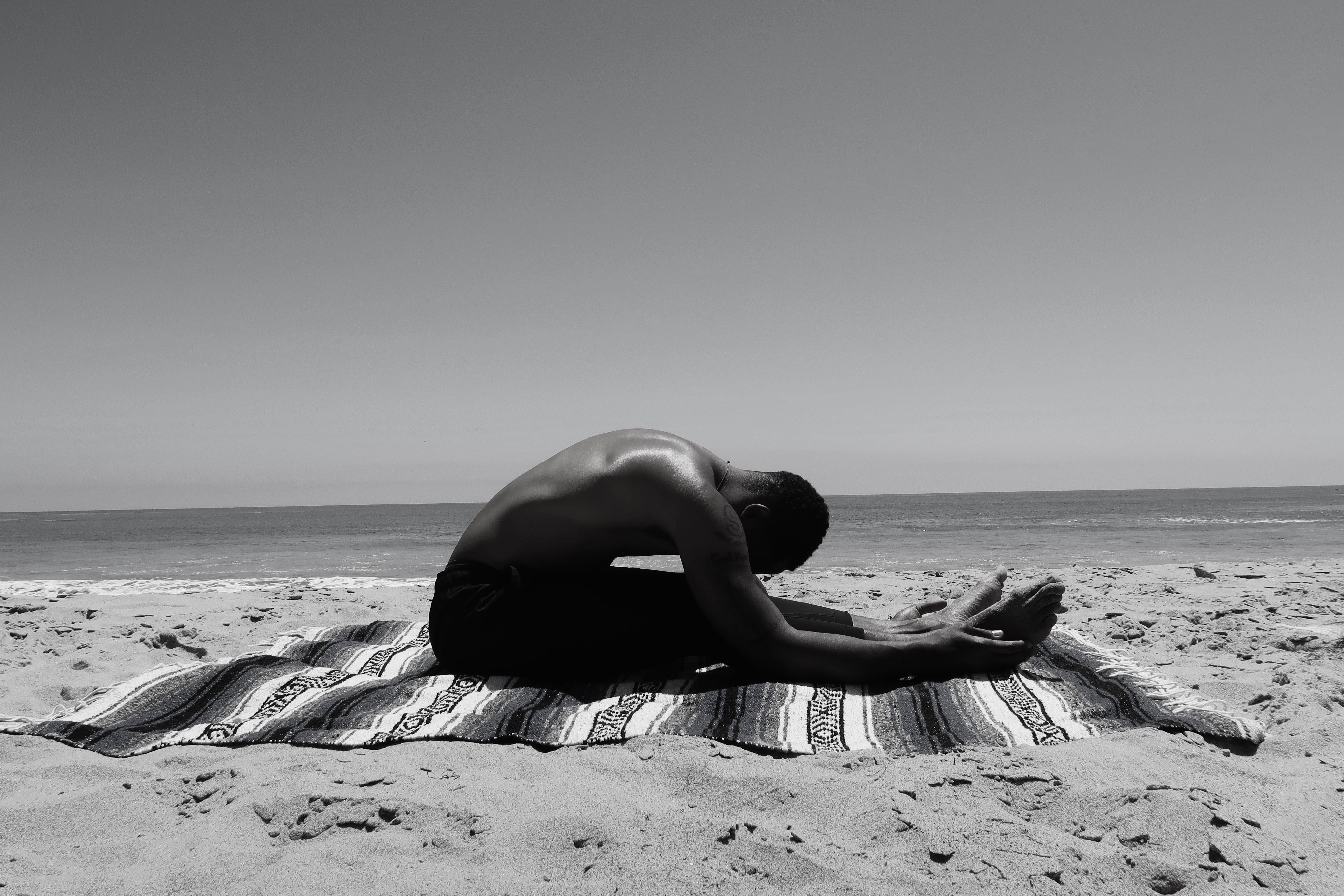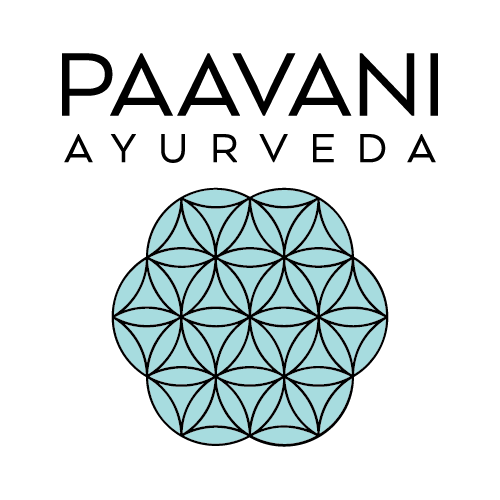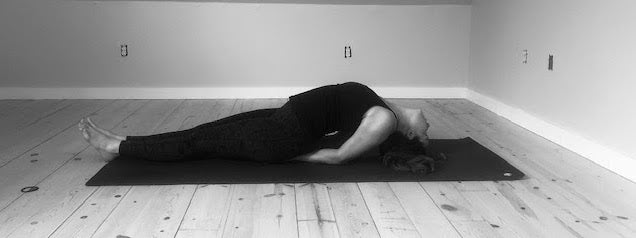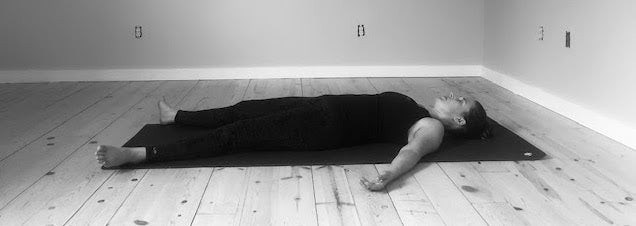
Paschimottanasana: An Ayurvedic Guide to Seated Forward Fold

Nothing feels quite as good as a Paschitmottansana after a long, hard yoga practice! This seated forward fold is one of the fifteen yoga postures outlined in the revered yogic text, The Hatha Yoga Pradipika, and once you practice this posture it is easy to see why. Here are some of the many benefits of Paschimottanasana:
Ayurvedically speaking, this posture is best suited to pacify vata and pitta doshas; however, kapha dosha types or people working to balance kapha dosha can still integrate Paschimottanasana into their yoga practice with attention to alignment and how they are directing the energetics of the pose:
Vata- This is hands down one of our favorite postures to restore balance to vata dosha. It quite literally connects you to the ground and you feel the earth’s full support in this seated posture. The forward folding aspect of the pose is a wonderful action to calm the nervous system and release vata type patterns of fear, overwhelm, obsessive thought and anxiety. When the nervous system calms, the entire body washes over with a restorative energy and fatigue dissipates.
Pitta- Paschimottanasana is absolutely wonderful and effective at bringing pitta back into balance in both the body and mind. This static, grounding posture helps to slow the quick and sharp qualities of pitta, offering an opportunity for pitta types to let go of their to do lists and surrender to the present moment. Forward folds soothe the nervous system and imparts a cooling energy which helps to counterbalance the heat associated with pitta.
Kapha- Seated forward folds have the tendency to increase the heavy, static, cold and dense qualities of kapha dosha; hence, kapa types or people working to pacify kapha dosha must stay more activated in such postures. In order to do this, rather than take a passive, sleepy approach in Paschimottanasana, keep the energy lifted and the body engaged throughout the entirety of the posture. Our recommendation is to keep the spine long and lengthened, firm through the thighs and keep the gaze on your feet. This will help you stay engaged and activated. Also, do not hold the posture for very long. Instead, move in and out of the posture, in order to invite in mobility and some heat.
How to Do Paschimottanasana:
- Begin seated on the floor, with the legs straight out in front of you, the spine tall, hands down by your sides and root into the sit bones. If your back is rounded, sit on 2 blankets.
- Exhale, hinge at the hips, extend the arms forward and catch either your feet with your hands or your ankles and/or shins.
- Maintain length through the spine and keep your gaze forward, looking at your toes.
- To invoke a more restorative energy, if it is okay for your back, you can release the forehead towards the knees and the upper back will round slightly.
- Hold the posture from 5-20 rounds of breath, depending on what you need that day.
- To come out, inhale and lengthen the spine and lift the gaze.
- Draw the hands back towards your hips and return to an upright position.
Precautions:
Contraindications for Paschimottanasana:





4 comments
@AP.RAVICHANDRAN Yoga postures recommended to practice before Paschimottanasana include Purvottanasana and Dandasana. Postures to do after Paschimottanasana include Bhujangasana, Ustrasana and Savasana.
PAAVANI Ayurveda
@AP.RAVICHANDRAN, yoga does not recommend Paschimottanasana if someone is experiencing glaucoma due to it being a forward fold that can increase intraocular pressure.
PAAVANI Ayurveda
Could you pl suggest Asana that should be done before and after practising Paschimottanasana. Thanks
AP.Ravichandran
Pl guide whether Glaucoma patient practice Paschimottanasana?
AP.Ravichandran
Leave a comment
This site is protected by hCaptcha and the hCaptcha Privacy Policy and Terms of Service apply.